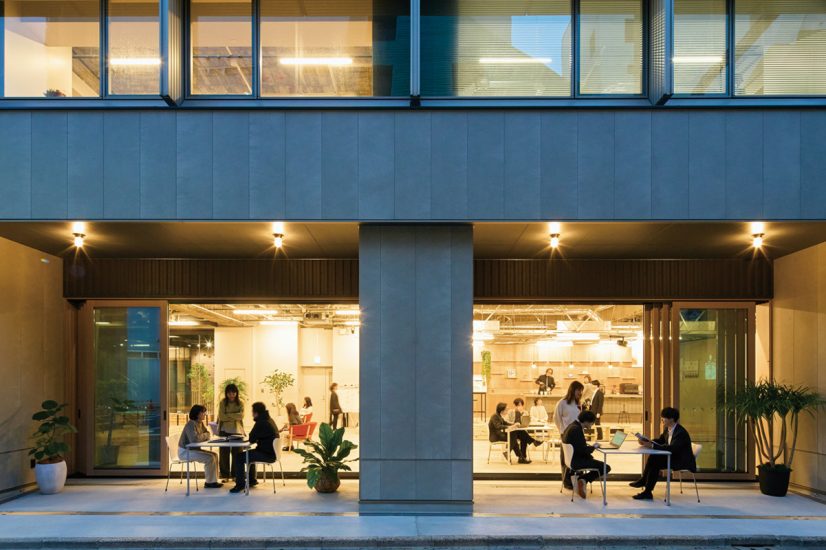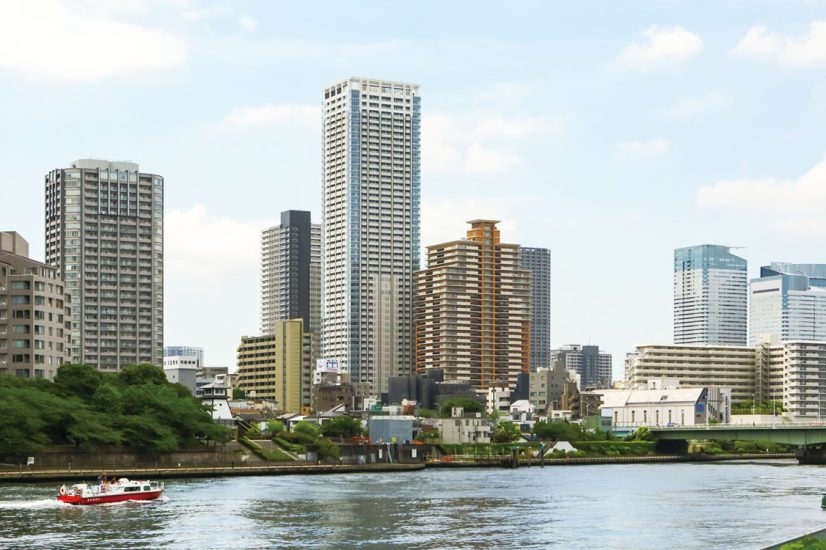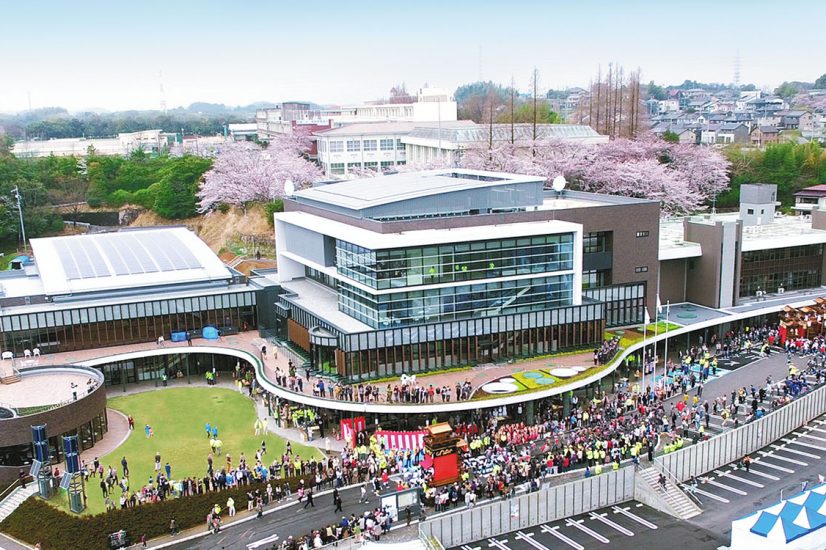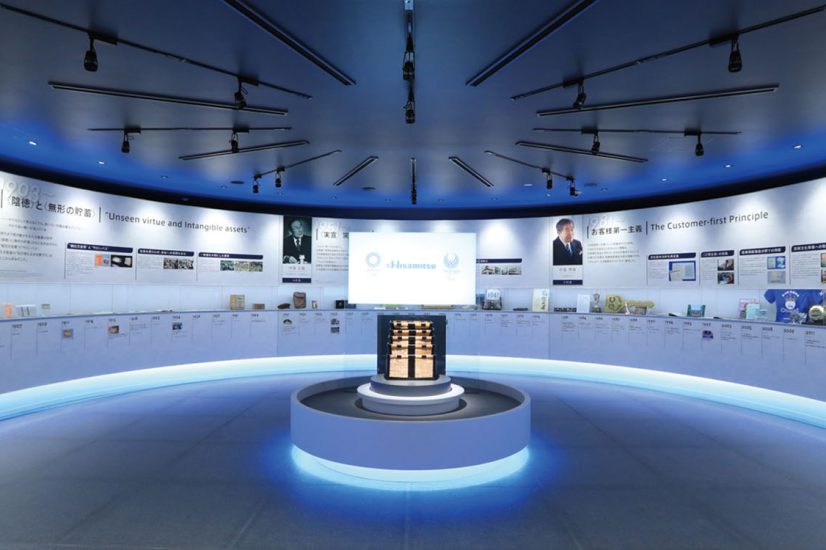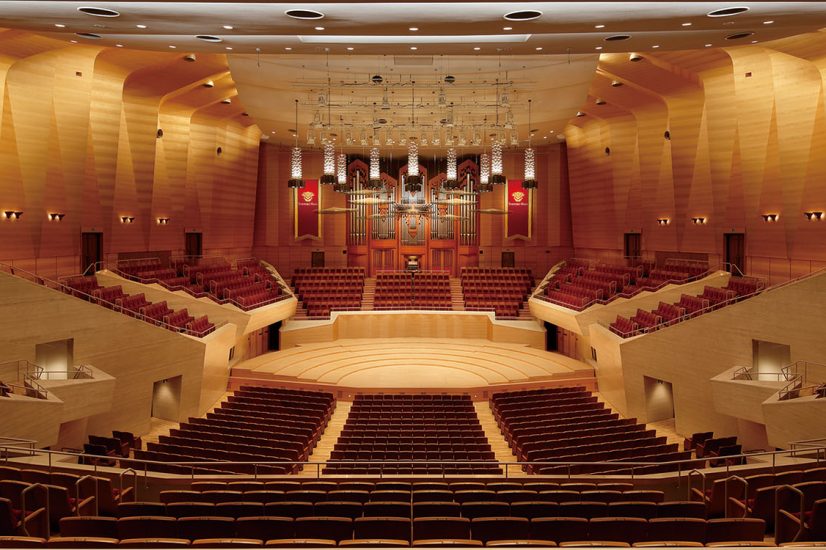Yasui Architects & Engineers, Inc.
Yasui Architects & Engineers, Inc.
Fostering communication in a smart office located in the city center
ABC Trading Head Office
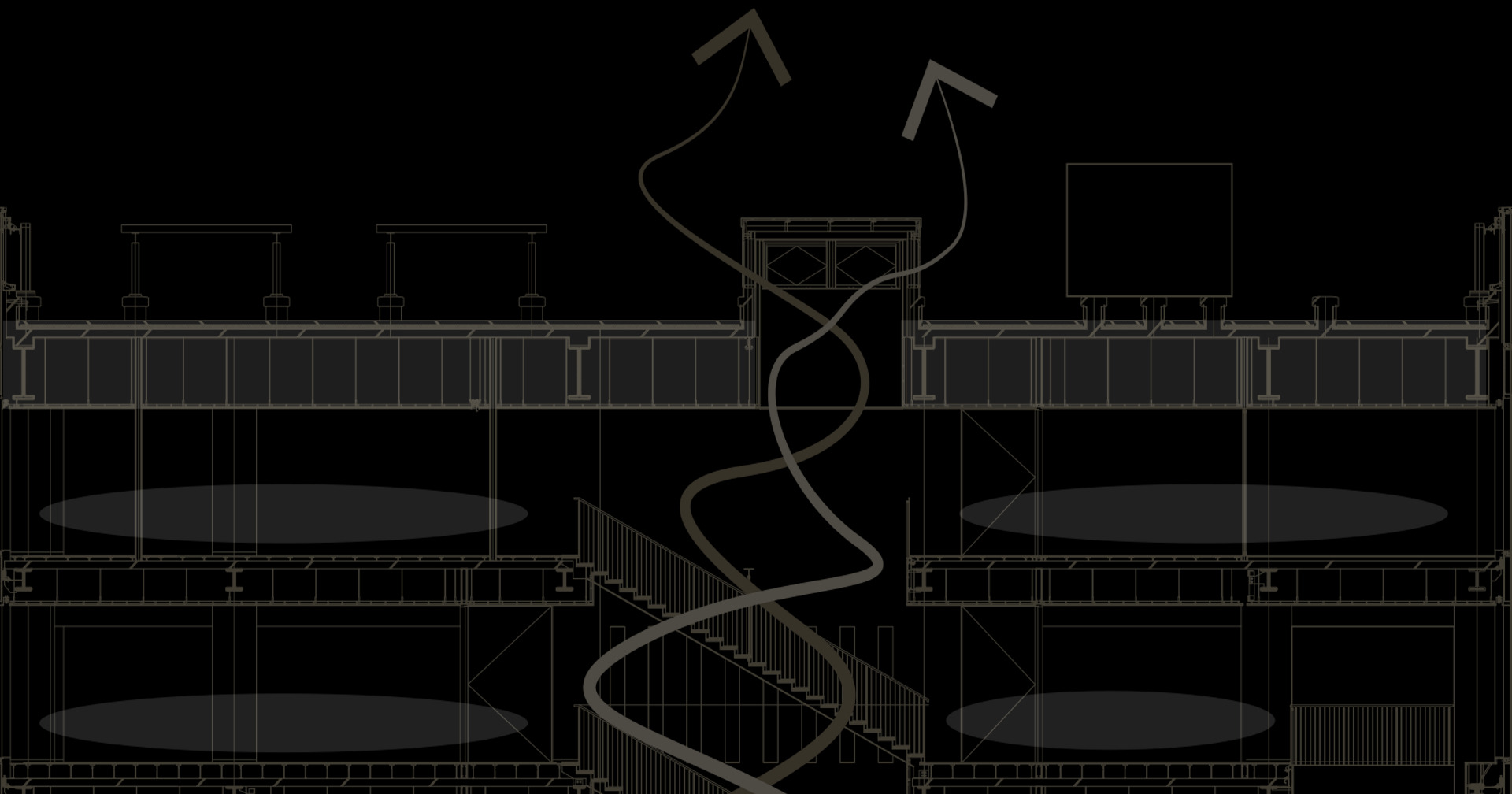
This project, situated in the city’s heart, is distinguished by its remarkable view and the strategic use of the adjacent Hie Shrine as a natural backdrop, effectively maximizing its site environment and achieving the first-ever BEI value of below 0.5 in Chiyoda City.
In Chiyoda City, Tokyo, where major governmental bodies, media organizations, and numerous corporate headquarters are located, the greenery rate is notably high despite its central urban setting. The area, lying adjacent to Kokyo Gaien National Garden , is interspersed with large temples and shrines.
ABC Trading Co., Ltd ., a combined trading and building materials manufacturing firm established in 1950, originally set up its headquarters in Nagatacho, Chiyoda City, in 1975. In response to concerns about the safety of older buildings after Great East Japan Earthquake , the company decided to reconstruct on the same location. By June 2020, the new headquarters, inclusive of a showroom, was completed.
The structure is characterized by a bright and streamlined exterior, featuring a glass façade that captures the green essence of the nearby Hie Shrine and a landscaped area on the terrace of the showroom level. The office design impresses with internal staircases linking all floors and designated communication spaces near the south and east-facing windows. The building, incorporating natural ventilation through stairwells, underfloor radiant air conditioning, and special high-performance glass, marks a milestone in Chiyoda City by achieving a BEI value below 0.5. Designer Go Nishiyama elaborates, “As architects, we always focus on making the most of the site’s environmental features. Despite being located in the city center, the site’s openness and the magnificent view of Hie Shrine inspired us to utilize these elements. From the onset, we envisioned creating a structure that resonates with openness in its surroundings.”
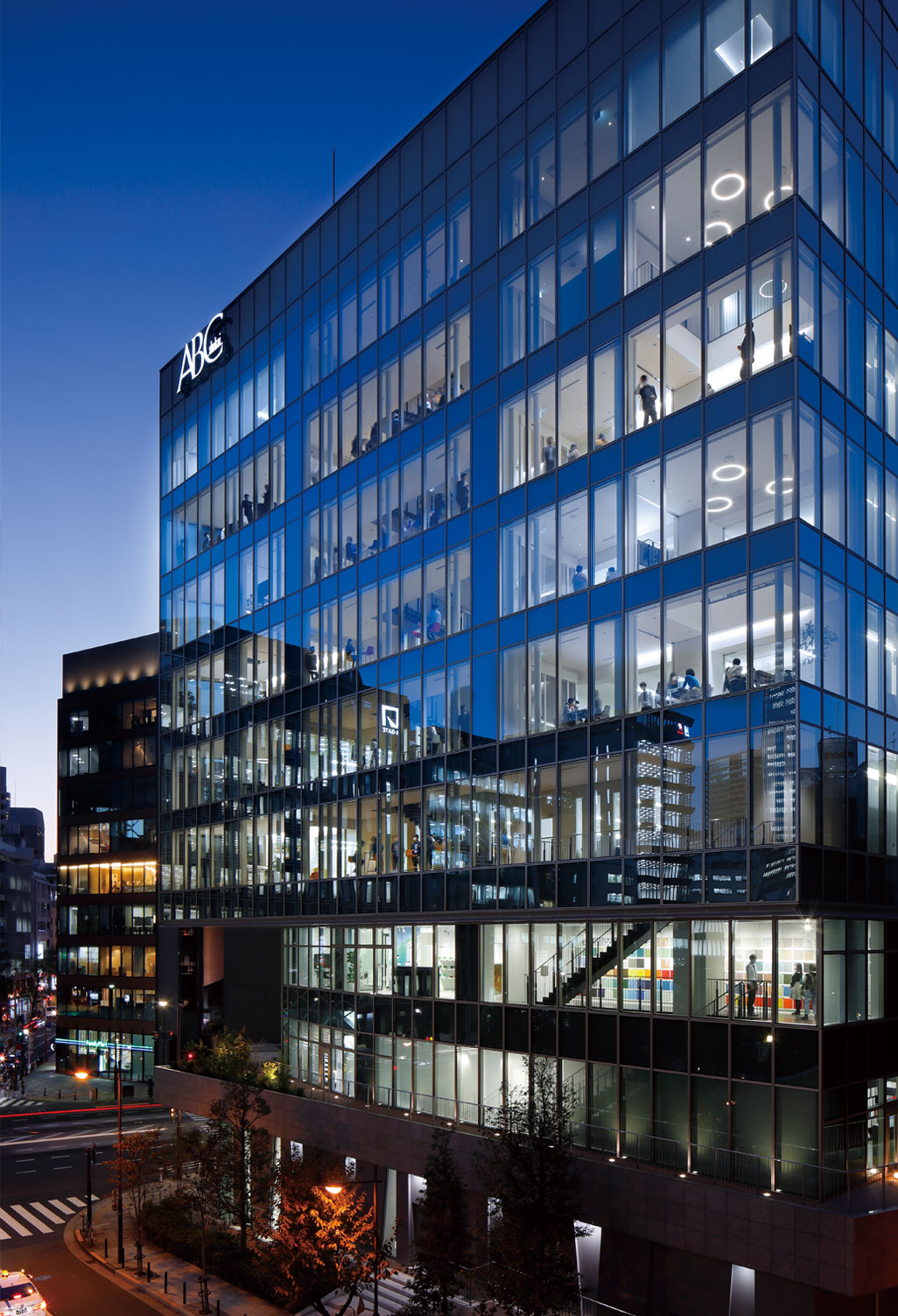
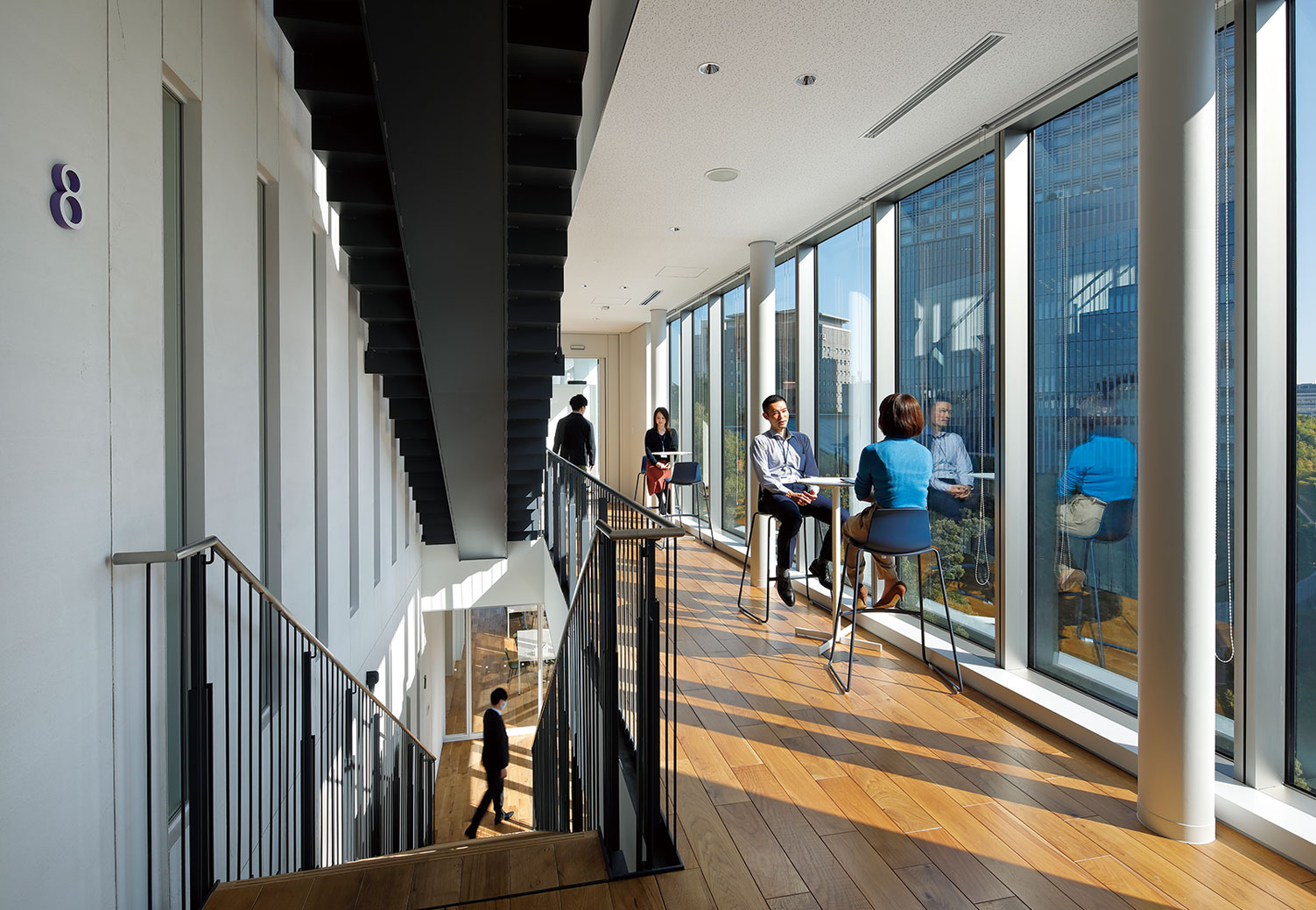
Drawing inspiration from the company’s homely atmosphere and unique character, the design incorporated an internal staircase and communication spaces.
There are two features of the project uncommon in office buildings: an internal staircase that facilitates movement and connectivity between floors, and an Engawa (veranda)-like buffer zone in the form of communication spaces by the south and east windows. Regarding these features, Go Nishiyama credits significant inspiration from interactions with the client. “ABC Trading Co., Ltd. is a company with a very welcoming and home-like environment. They were approachable even during our site surveys. Considering their company’s character and ethos, it was apparent that they were not in pursuit of a sterile, homogeneous space focused solely on efficiency and rationality, but lacking a human touch. The client expressed a desire for a well-ventilated office, which we interpreted not just in the physical sense but also as a need for a space that fosters communication. Thus, we integrated a buffer zone akin to a traditional Engawa (veranda) within the work area.”
For aspects such as the internal staircase, which might be challenging to visualize through plans alone, virtual reality (VR) goggles were employed to provide a tangible experience. Throughout the design process, the advantages of Building Information Modeling (BIM) were effectively utilized. Moreover, the MEP design incorporates various ingenious methods to balance energy efficiency while ensuring the office space’s comfort and making the most of the scenic views. “Considering the complexity of understanding specific methods, costs, and effectiveness of energy-saving measures, even for those interested in it, we targeted acquiring BELS certification, which indicates the reduction rate and performance against the national primary energy consumption standards. Our objective was to explore MEP design that would enhance both comfort and productivity while also achieving energy efficiency,” the architect remarked.
The underfloor radiant air conditioning system, preferred for its reduced sensation of airflow and lesser temperature and humidity variation compared to direct-blow air conditioning, was a key consideration. A natural ventilation system utilizing the stairwell, capable of reducing energy consumption by up to 60% during the intermediate seasons, was also implemented. The building features a specialized glass facade with inner Low-E glass and cavities filled with argon gas, designed to increase heat shielding. To simultaneously boost productivity and energy efficiency by creating a comfortable office environment, ABC Trading Co., Ltd. has adopted the building management system “BuildCAN,” following the design team’s recommendations.
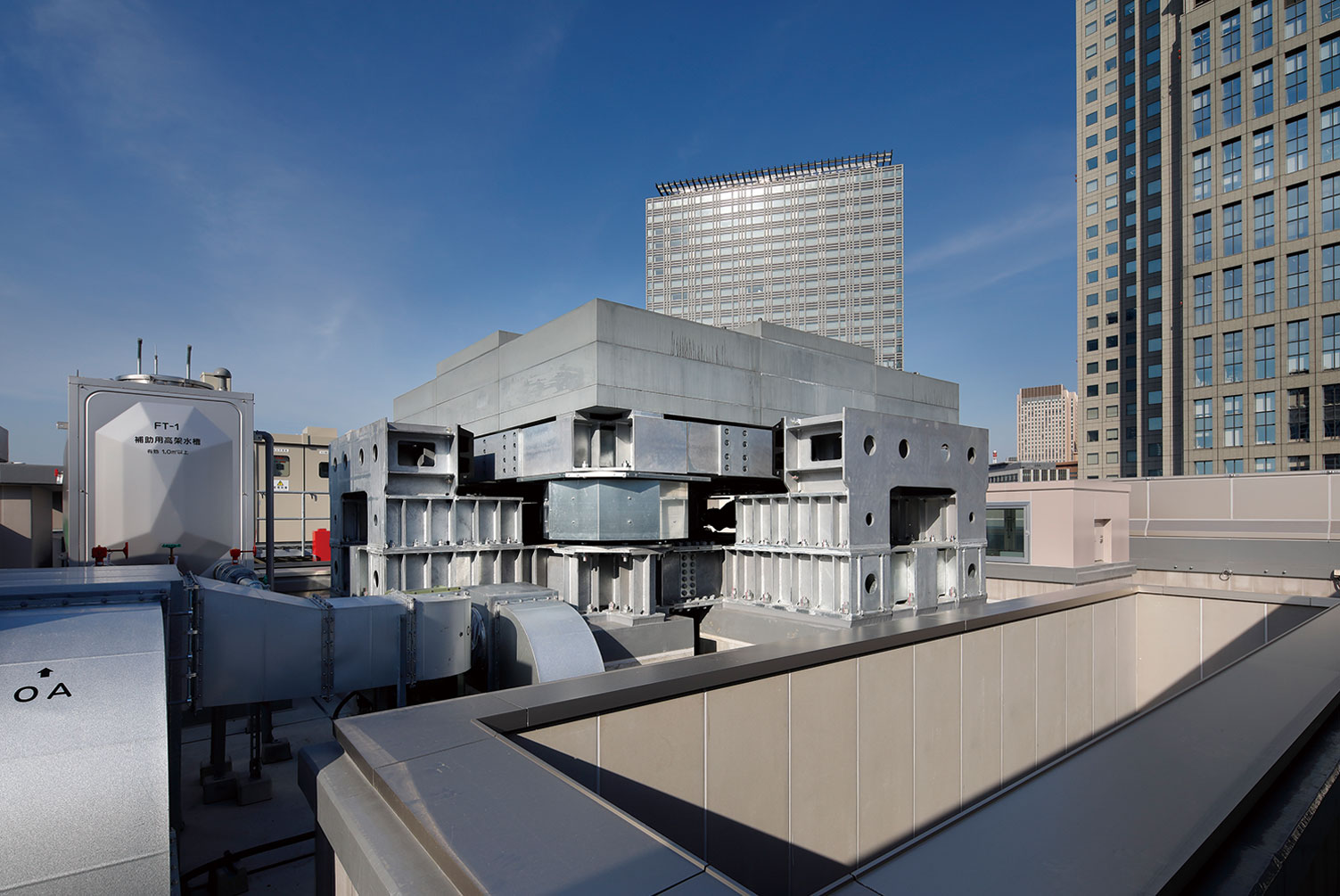
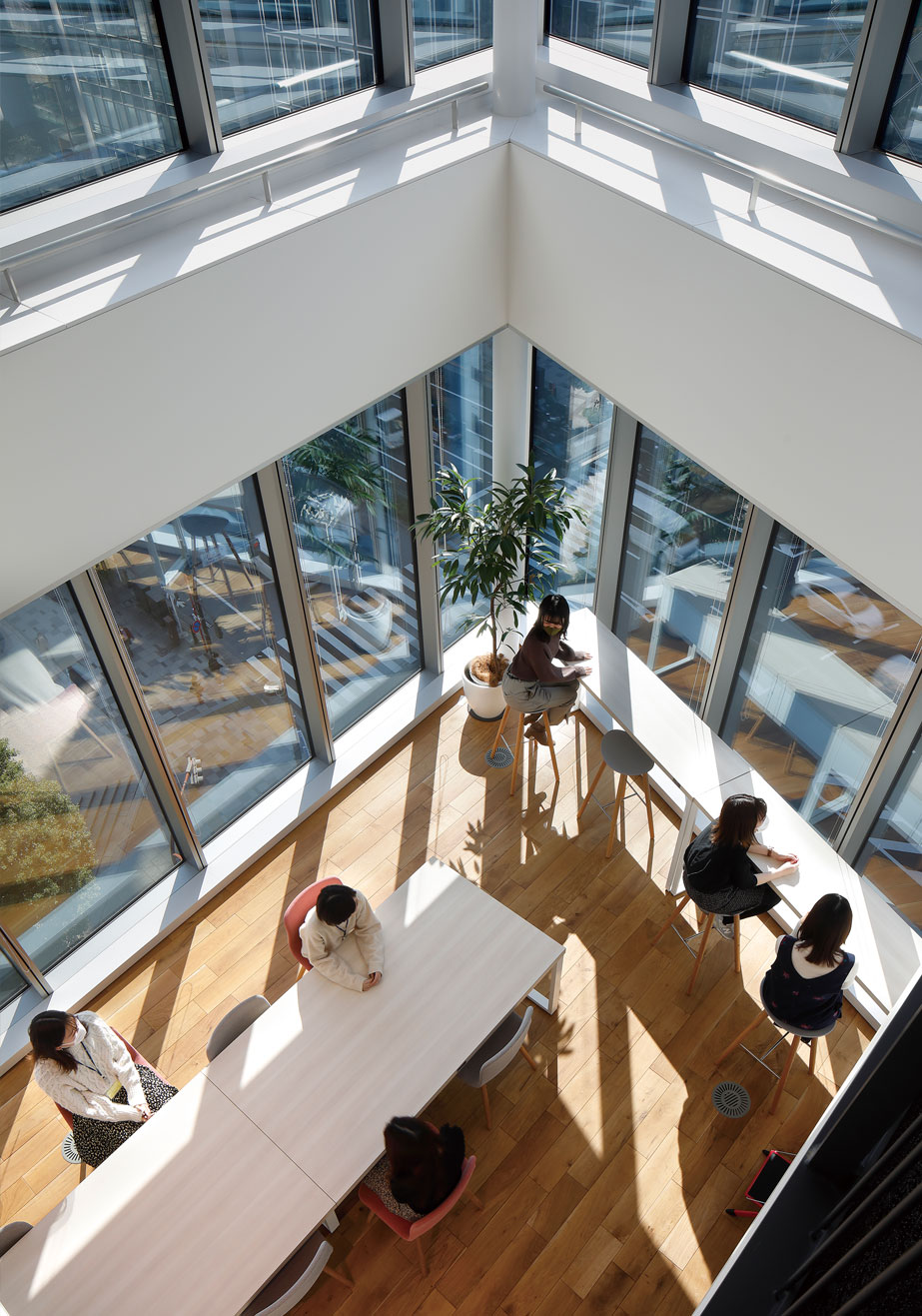
BuildCAN is employed to not only cultivate a comfortable working environment but also to engage with the client’s building operations and adapt to new working methodologies.
As a building management system, “BuildCAN” is designed to utilize architectural data stored on the cloud, integrated with IoT environmental sensors and BIM models, for the purpose of maintaining, managing, and operating buildings post-construction. Its significant advantages include the simultaneous realization of reduced primary energy consumption and enhanced spatial comfort. In the total cost associated with a building from its construction to demolition, design and construction expenses represent only about 25%, while the remaining 75% is made up of maintenance costs, including cleaning, repair, renovation, and utilities, underscoring the substantial impact of systematized facility management and cost reduction on corporate management.
At the new headquarters of ABC Trading Co., Ltd., each office floor is equipped with temperature, humidity, and carbon dioxide sensors. The data collected, such as energy consumption, temperature, humidity, and CO2 concentrations, are stored on a server and can be accessed by anyone through tablets on each floor. Discussing the benefits of visualizing temperature and humidity that affect comfort, Yuuma Kawachi, in charge of environment and MEP, says, “Since thermal perception varies between individuals, a space uniformly adjusted for temperature and humidity leads to dissatisfaction among some even if it is under standard conditions. By creating a working environment with a range of thermal conditions and visually presenting these states, people can choose a space that suits their preferences and work requirements, leading to increased job satisfaction and productivity.” Central to this approach is ABC Trading Co., Ltd.’s implementation of a “free address” office style. This model allows individuals to choose their work locations based on the situation, naturally fostering spontaneous communication, including unexpected interactions.
Yumiko Kobayashi, who also played a key role in environmental design and MEP for this project, highlights the benefits of BuildCAN, beneficial not only for the client but for the designers as well. “With data uploaded to the cloud, we can observe how users are actually utilizing the building. The challenge ahead is to analyze this data and link it to functions and services tailored to the client’s needs.” For MEP designers, the ultimate satisfaction comes from creating a comfortable environment appreciated by the workforce, grounded in real-time data analysis. As Kazuyuki Shigeto , in charge of the ICT domain, points out, the role extends beyond mere building construction to a commitment to the client’s building operations. The expertise accrued by the design firm is set to be leveraged in building lifecycle consulting, contributing to the enhancement of corporate productivity and the development of office environments.
Go Nishiyama, reflecting on the process, says, “We’ve emphasized the chemical reactions that emerged from ongoing dialogues with the client while progressing with the process.” As a result, the headquarters of ABC Trading Co., Ltd., is expected to evolve into a next-generation office building.
